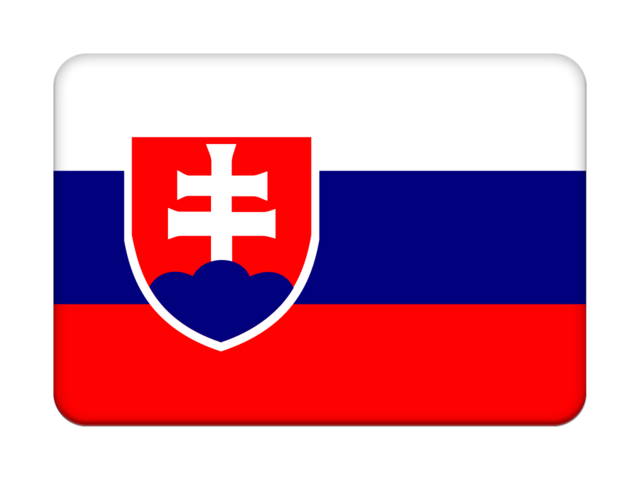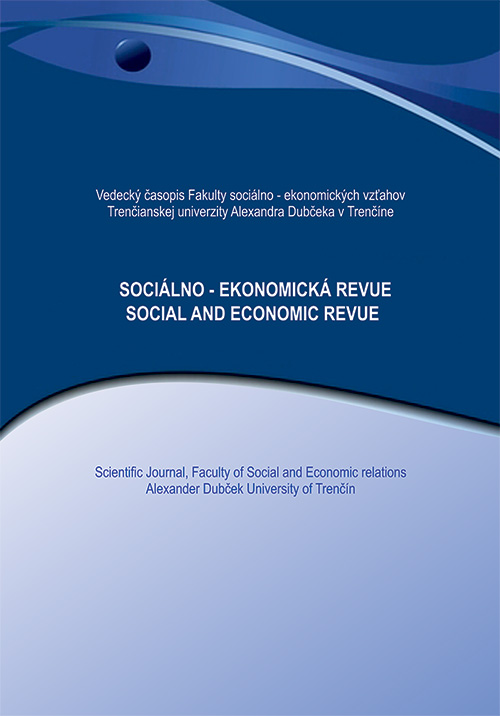THE EVALUATION OF ECONOMIC BENEFITS FROM MIGRATED LABOUR IN V4 COUNTRIES
This given study deals with the issue of economic benefits from migrated labour forces in V4 countries, the importance of managing migration flows appropriately, which may significantly influence the economic development of a country by increasing labour productivity, the demography in development and sustainability of retirement systems. Based on statistical data and mathematical calculations it introduces an evaluation system of economic benefits from immigration in V4 regional labour markets as well as the selected macro-economic indicators as introduced. Moreover, it shows the saved costs on education and profession preparation of such labour force and the incomes from GDP or VAT produced by immigrants. In conclusion, it evaluates the balance of benefits and shows a further profit from saved costs on health and social care, childcare while preparing for a profession, incomes from income and consumption taxes, but also payments to social and health insurance agencies from immigrant salaries. A crucial benefit from labour force immigration is that it has a significant development potential in both the economy and society.
Vydanie: 2018/4 Strany: 41-47 Klasifikácia JEL: F22, F23, F24
DOI:
Kľúčové slová: Immigration, labour migration, work force, labour market, V4 region
Sekcia: SOCIAL ASPECTS OF MANAGEMENT
Kontakty:
Ing. Magdaléna Tupá, PhD.
Faculty of Social and Economic Relations,
Alexander Dubček University of Trenčín,
Študentská 3,
911 50 Trenčín,
Slovakia
e-mail: magdalena.tupanuni.sk
Literatúra:
Adepoju, A., Van Noorloos, F., & Zoomers, A. (2010). Europe's Migration Agreements with Migrant-Sending Countries in the Global South: A Critical Review. Journal of International Migration, (48) 3, pp. 42-75.
Andrijasevic, R., & Sacchetto, D. (2016). From labour migration to labour mobility?: The return of the multinational worker in Europe. Transfer: European Review of Labour and Research , 22(2), pp. 219-231.
Blanchflower, D. G., & Shadforth, Ch. (2009). Fear, Unemployment and Migration. The Economic Journal 119/535, pp. F136-F182.
Cekanavicius, L., & Kasnauskiene, G. (2009). Too High or Just Right? Cost-Benefit Approach to Emigration Question. Inzinerine Ekonomika-Engineering Economics (1), pp. 28-36.
Český statistický úřad. [online] [acc.: 2018-02-25]. Available at: https://www.czso.cz/
Daugeliene, R. (2007). The position of knowledge workers in knowledge-based economy: migration aspect. European Integration Studies, 1, pp. 103-112.
Eurostat. [online] [acc.: 2018-02-25]. Available at https://ec.europa.eu/eurostat/web/national-accounts/data/database
Eurostat. [online] [acc.: 2018-02-25]. Retrieved from: https://ec.europa.eu/eurostat/statistics-explained/index.php?title=Migration_and_migrant_population_statistics/sk
Hungarian Central Statistical Office. [acc.: 2018-02-25]. Available at: http://www.ksh.hu/?lang=en
Integračná politika SR (2014). [online] [acc.: 2018-01-15]. Retrieved from: https://www.employment.gov.sk/files/slovensky/ministerstvo/integracia-cudzincov/dokumenty/vlastny-material-integracna-politika-januar-2014.pdf
Kazlauskienė, A., Rinkevičius L. (2006). The Role of Social Capital in the Highly-Skilled Migration from Lithuania. Engineering Economics, 4, pp. 69-75.
Koncepcia integrácie cudzincov v SR (2009). [online] [acc.: 2018-01-15]. Retrieved from: https://www.employment.gov.sk/files/slovensky/ministerstvo/integracia-cudzincov/dokumenty/vlastny-material-integracna-politika-januar-2014.pdf
Le, T. (2008). Brain drain or brain circulation: evidence from OECD’s international migration and R&D spillovers. Scottish Journal of Political Economy, 5, pp. 81-92.
Migračná politika Slovenskej republiky s výhľadom do roku 2020. (2011). [acc.: 2018-01-15]. Retrieved from: https://www.emn.sk/phocadownload/documents/migracna_politika_sr_2020_sk.pdf
Statistics Poland. [acc.: 2018-02-25]. Available at: https://bdm.stat.gov.pl/
Štatistický úrad SR. [online] [acc.: 2018-02-25]. Retrieved from: http://www.statistics.sk/pls/elisw/MetaInfo.explorer?obj=35&cmd=go&s=1003&sso=3&so=81
Vojtovič, S. et al. (2016). Ekonomické a sociálne dôsledky migrácie pracovnej sily do zahraničia. Trenčín : TnUAD.


